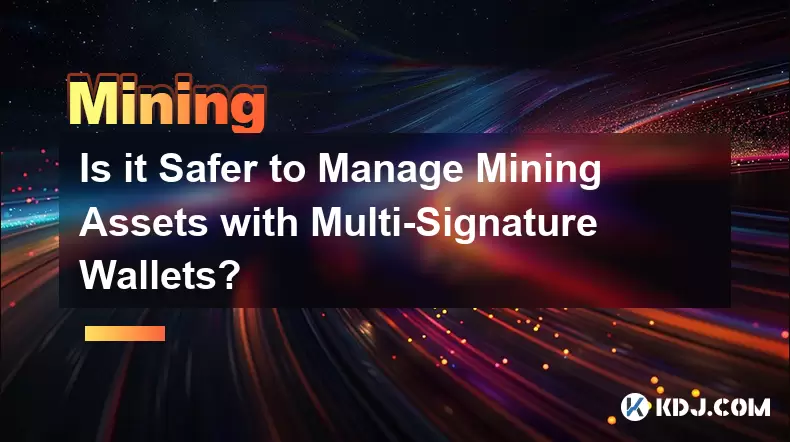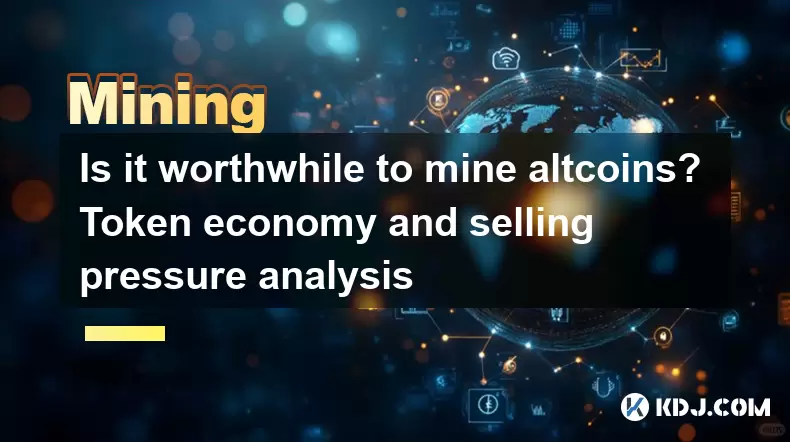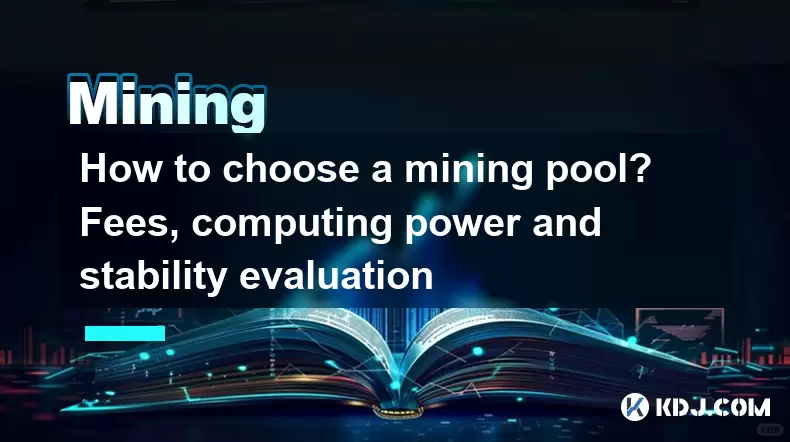-
 Bitcoin
Bitcoin $102,881.1623
-0.60% -
 Ethereum
Ethereum $2,292.8040
-5.48% -
 Tether USDt
Tether USDt $1.0004
0.02% -
 XRP
XRP $2.0869
-2.02% -
 BNB
BNB $634.6039
-1.35% -
 Solana
Solana $136.1527
-3.00% -
 USDC
USDC $1.0000
0.01% -
 TRON
TRON $0.2728
-0.45% -
 Dogecoin
Dogecoin $0.1572
-3.70% -
 Cardano
Cardano $0.5567
-5.07% -
 Hyperliquid
Hyperliquid $34.3100
-1.20% -
 Bitcoin Cash
Bitcoin Cash $462.5691
-2.33% -
 Sui
Sui $2.5907
-5.21% -
 UNUS SED LEO
UNUS SED LEO $8.9752
1.13% -
 Chainlink
Chainlink $12.0549
-4.93% -
 Stellar
Stellar $0.2381
-2.36% -
 Avalanche
Avalanche $16.9613
-3.47% -
 Toncoin
Toncoin $2.8682
-2.36% -
 Shiba Inu
Shiba Inu $0.0...01095
-3.70% -
 Litecoin
Litecoin $81.8871
-2.43% -
 Hedera
Hedera $0.1377
-5.36% -
 Monero
Monero $310.8640
-0.68% -
 Ethena USDe
Ethena USDe $1.0007
0.03% -
 Dai
Dai $1.0001
0.03% -
 Polkadot
Polkadot $3.3103
-5.19% -
 Bitget Token
Bitget Token $4.2168
-1.95% -
 Uniswap
Uniswap $6.4643
-8.14% -
 Pepe
Pepe $0.0...09329
-7.42% -
 Pi
Pi $0.5111
-5.23% -
 Aave
Aave $235.2340
-5.77%
Is it Safer to Manage Mining Assets with Multi-Signature Wallets?
Multi-signature wallets enhance mining asset security by requiring multiple approvals, reducing theft risks and ensuring decentralized control over funds.
Jun 22, 2025 at 03:21 pm

Understanding the Role of Multi-Signature Wallets in Mining Asset Management
Mining cryptocurrencies, such as Bitcoin or Ethereum, involves significant investment in hardware, electricity, and time. As a result, securing mining assets becomes a critical concern for miners. One advanced method to enhance security is using multi-signature wallets. Unlike traditional single-key wallets, multi-sig wallets require multiple private keys to authorize transactions. This mechanism significantly reduces the risk of unauthorized access and theft.
Multi-signature technology adds layers of authorization, making it harder for hackers to compromise funds even if one key is exposed. For miners who manage large volumes of cryptocurrency, this added layer of protection can be invaluable.
How Do Multi-Signature Wallets Work?
A multi-signature wallet operates on a principle where more than one private key is required to sign and send a transaction. Typically, these wallets follow an M-of-N structure — for example, 2-of-3 or 3-of-5. In a 2-of-3 setup, three private keys are generated, but only two are needed to approve a transaction.
- Each key can be held by different individuals or stored in separate locations, ensuring that no single point of failure exists.
- If one key is lost or compromised, the remaining keys can still authorize transactions, maintaining control over the assets.
- This system also prevents unilateral decisions, which is especially useful when managing mining pools or shared investments.
Securing Mining Rewards with Multi-Signature Wallets
Mining rewards, especially from Proof-of-Work (PoW) blockchains, can accumulate quickly and represent substantial value. Storing these rewards in a standard wallet increases vulnerability to phishing attacks, malware, and social engineering.
Using a multi-sig wallet ensures that:
- At least two approvals are needed before funds can be moved, reducing the chance of a single breach leading to loss.
- Keys can be distributed among trusted team members or kept offline in cold storage devices.
- Miners can integrate hardware wallets into a multi-sig configuration for even stronger security.
This approach is particularly effective for institutional miners or mining cooperatives where decision-making is decentralized.
Setting Up a Multi-Signature Wallet for Mining Operations
Configuring a multi-sig wallet requires careful planning and technical understanding. Here's how you can set one up:
- Choose a compatible wallet provider such as BitGo, Electrum, or Armory that supports multi-signature functionality.
- Create a new wallet and select the desired M-of-N configuration based on your operational needs.
- Generate the required number of private keys and public addresses.
- Distribute the private keys securely — store some offline and others on secure devices.
- Test the wallet by sending a small amount and verifying that multiple signatures are indeed required to complete the transaction.
It’s crucial to document the setup process and ensure all involved parties understand their roles in authorizing transactions.
Risks and Limitations of Multi-Signature Wallets in Mining
While multi-sig wallets offer enhanced security, they are not without drawbacks. Some limitations include:
- Increased complexity in transaction signing, which may slow down fund movement during urgent situations.
- The need for coordination between key holders, which can create bottlenecks if communication breaks down.
- Potential loss of access if too many keys are misplaced or corrupted.
Additionally, setting up and managing a multi-sig wallet often requires a higher level of technical expertise compared to standard wallets.
Use Cases for Multi-Signature Wallets in Mining Environments
Multi-sig wallets are ideal for various mining scenarios:
- Mining pools — Pool operators can use multi-sig wallets to distribute earnings transparently and securely among participants.
- Joint ventures — When multiple investors fund a mining farm, multi-sig ensures that funds cannot be misused by any single party.
- Cold storage strategies — Miners can keep the majority of their rewards in a multi-sig cold wallet while retaining limited liquidity in hot wallets.
These applications demonstrate how multi-sig wallets provide practical benefits beyond just security.
Frequently Asked Questions
Can I recover my funds if I lose one of the private keys in a multi-signature wallet?
Yes, as long as you retain enough keys to meet the threshold (e.g., 2 out of 3), you can still access and move your funds. However, if you fall below the required number, recovery becomes impossible unless backups exist.
Are multi-signature wallets supported by all cryptocurrencies?
No, not all blockchain protocols natively support multi-signature functionality. While major coins like Bitcoin and Litecoin have robust multi-sig implementations, others may require third-party tools or lack support altogether.
Is it possible to change the number of required signatures after creating a multi-sig wallet?
Once a multi-sig wallet is created, its structure cannot be changed. To alter the signature requirements, you must create a new wallet and transfer the funds accordingly.
Do multi-signature wallets protect against all types of cyberattacks?
While they provide strong protection against private key theft, they do not defend against other threats such as phishing, malware targeting keystrokes, or compromised software interfaces. Therefore, comprehensive cybersecurity practices remain essential.
Disclaimer:info@kdj.com
The information provided is not trading advice. kdj.com does not assume any responsibility for any investments made based on the information provided in this article. Cryptocurrencies are highly volatile and it is highly recommended that you invest with caution after thorough research!
If you believe that the content used on this website infringes your copyright, please contact us immediately (info@kdj.com) and we will delete it promptly.
- Trump, Musk, and Dogecoin: A Meme Coin Rollercoaster in the Making
- 2025-06-22 22:25:12
- AI, DeFi, and Tokens: Navigating the Next Wave in Crypto with $OZ and Beyond
- 2025-06-22 22:25:12
- Bitcoin, Strategy, Purchase: How Savvy Investors Are Stacking Sats and Real Estate
- 2025-06-22 22:35:13
- Crypto, MiCA, and Trump: A New York Minute on Global Shifts
- 2025-06-22 22:35:13
- Solana Layer-2 Heats Up: Is the Solaxy Presale the Next Big Thing?
- 2025-06-22 20:25:13
- MAGACOIN's Ascent: Following Shiba Inu's Growth Path in 2025?
- 2025-06-22 20:25:13
Related knowledge

What is liquidity mining in DeFi? How to participate and calculate the income?
Jun 20,2025 at 03:21pm
Understanding Liquidity Mining in DeFiLiquidity mining is a core concept in the decentralized finance (DeFi) ecosystem that allows users to earn rewards by providing liquidity to decentralized exchanges (DEXs) or lending platforms. In traditional finance, liquidity providers are usually institutional players, but DeFi democratizes this process, enabling...

How to operate option mining? Hedging strategy and profit structure
Jun 21,2025 at 03:29pm
What is Option Mining?Option mining refers to a decentralized finance (DeFi) strategy where participants provide liquidity or take specific derivative positions in options protocols to earn rewards. Unlike traditional yield farming, option mining often involves liquidity provision for options markets, allowing users to generate returns through premiums ...

What are the advantages of Layer2 mining? Gas saving and project inventory
Jun 20,2025 at 04:50am
Understanding Layer2 Mining and Its SignificanceLayer2 mining refers to the process of participating in decentralized applications or protocols that operate on top of a primary blockchain (such as Ethereum) using scaling solutions like Optimism, Arbitrum, or zkSync. Unlike traditional mining on Layer1 blockchains, which often involves high computational...

Is contract mining safe? Key points of smart auditing and vulnerability prevention
Jun 19,2025 at 08:08pm
Understanding Contract Mining in the Cryptocurrency SpaceContract mining refers to a method within blockchain ecosystems where users can participate in mining operations through smart contracts. Unlike traditional mining, which requires physical hardware and technical expertise, contract mining allows participants to invest funds into a mining pool or p...

Is it worthwhile to mine altcoins? Token economy and selling pressure analysis
Jun 20,2025 at 05:21pm
Understanding the Altcoin Mining LandscapeMining altcoins has become an attractive alternative to Bitcoin mining for many cryptocurrency enthusiasts. With Bitcoin's increasing difficulty and energy requirements, miners are seeking opportunities in less saturated markets. However, the profitability of mining altcoins depends on several factors, including...

How to choose a mining pool? Fees, computing power and stability evaluation
Jun 22,2025 at 05:14pm
Understanding Mining PoolsMining pools are collaborative groups of cryptocurrency miners who combine their computational resources over a network to increase the probability of mining a block. When a block is successfully mined, the rewards are distributed among the participants based on their contributed processing power. Choosing the right mining pool...

What is liquidity mining in DeFi? How to participate and calculate the income?
Jun 20,2025 at 03:21pm
Understanding Liquidity Mining in DeFiLiquidity mining is a core concept in the decentralized finance (DeFi) ecosystem that allows users to earn rewards by providing liquidity to decentralized exchanges (DEXs) or lending platforms. In traditional finance, liquidity providers are usually institutional players, but DeFi democratizes this process, enabling...

How to operate option mining? Hedging strategy and profit structure
Jun 21,2025 at 03:29pm
What is Option Mining?Option mining refers to a decentralized finance (DeFi) strategy where participants provide liquidity or take specific derivative positions in options protocols to earn rewards. Unlike traditional yield farming, option mining often involves liquidity provision for options markets, allowing users to generate returns through premiums ...

What are the advantages of Layer2 mining? Gas saving and project inventory
Jun 20,2025 at 04:50am
Understanding Layer2 Mining and Its SignificanceLayer2 mining refers to the process of participating in decentralized applications or protocols that operate on top of a primary blockchain (such as Ethereum) using scaling solutions like Optimism, Arbitrum, or zkSync. Unlike traditional mining on Layer1 blockchains, which often involves high computational...

Is contract mining safe? Key points of smart auditing and vulnerability prevention
Jun 19,2025 at 08:08pm
Understanding Contract Mining in the Cryptocurrency SpaceContract mining refers to a method within blockchain ecosystems where users can participate in mining operations through smart contracts. Unlike traditional mining, which requires physical hardware and technical expertise, contract mining allows participants to invest funds into a mining pool or p...

Is it worthwhile to mine altcoins? Token economy and selling pressure analysis
Jun 20,2025 at 05:21pm
Understanding the Altcoin Mining LandscapeMining altcoins has become an attractive alternative to Bitcoin mining for many cryptocurrency enthusiasts. With Bitcoin's increasing difficulty and energy requirements, miners are seeking opportunities in less saturated markets. However, the profitability of mining altcoins depends on several factors, including...

How to choose a mining pool? Fees, computing power and stability evaluation
Jun 22,2025 at 05:14pm
Understanding Mining PoolsMining pools are collaborative groups of cryptocurrency miners who combine their computational resources over a network to increase the probability of mining a block. When a block is successfully mined, the rewards are distributed among the participants based on their contributed processing power. Choosing the right mining pool...
See all articles
























































































